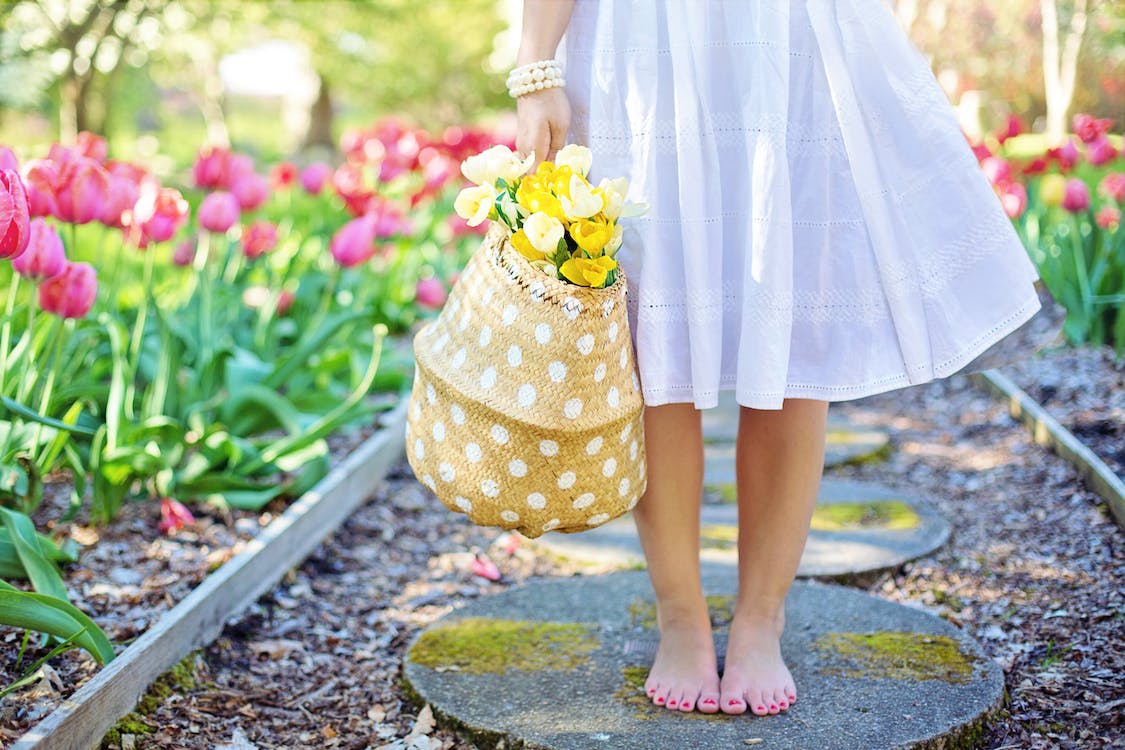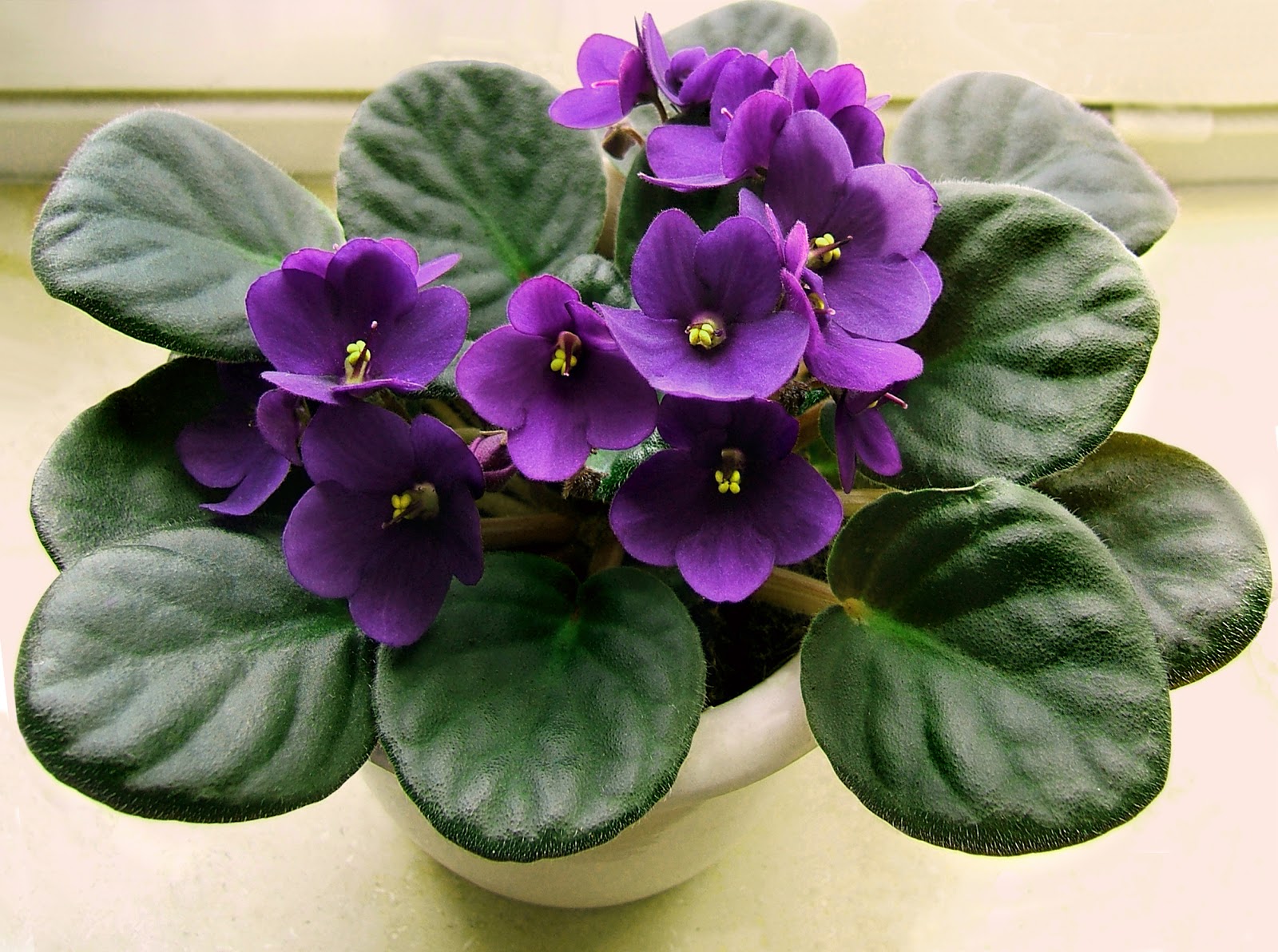
Long Live The Tulip!
These beautiful jewels brighten our days as they welcome spring, as their blue-green leaves begin to emerge as the earth awakens from its winter slumber.
The expression of Flowers;
The language of flowers has been recognized for centuries in many countries throughout Europe and Asia. They even play a large role in Shakespeare’s works. Mythologies, folklore, sonnets, and plays of the ancient Greeks, Romans, Egyptians, and Chinese, are peppered with flower and plant symbolism — and for good reason.
Whether you’re giving flowers to a mother on Mother’s day, a friend on their birthday, or a beloved on Valentine’s day, nearly every sentiment imaginable can be expressed with flowers. For example, the orange blossom means chastity, purity, and loveliness, while the red chrysanthemum means “I love you.”
Learning the special symbolism of flowers became a popular pastime during the 1800s, when nearly all Victorian homes had, alongside the Bible, guidebooks for deciphering the “language.”
Following the protocol of Victorian-era- etiquette, flowers were primarily used to deliver messages that couldn’t be spoken aloud. In a sort of silent dialog, flowers could be used to answer “yes” or “no” questions. A “yes” answer came in the form of flowers handed over with the right hand: if the left hand was used the answer was “no.”
Plants could also express aversive feelings such as the conceit of pomegranate, or the bitterness of aloe. If given a rose declaring devotion, or an apple blossom showing preference, one might return a yellow carnation to express disdain.
How flowers were presented and in what condition was of great importance. If the flowers were presented upside down, then the idea being conveyed was what it traditionally meant. How the ribbon was tied said something as well; Tied to the left, the symbolism of the flowers applied to the giver, whereas tied to the right, the sentiment was in reference to the recipient. And of course, a wilted bouquet delivered an obvious message!
There were countless rules of social manners and etiquette during the Victorian Era (1837-1901), though they may now seem a bit old-fashioned.
Victorian Era etiquette, manners, and good behavior should never go out of style.
Let’s at least try and bring it back along with a whole new language in the unrevised book of Love, Life, and Sweet Remembrance
Hmmm, that’s a great title for a book. Maybe I’ll just have to write one!
The grass is green across the hill,
But yellow blooms the daffodil,
It’s sunshine on a little stalk,
A friendly flower,
I bet they can talk!
Welcome to spring and blessings my dear friends,







Naomi
Loved reading and learning about the history of of flowers and their significance. The Victorian era was just special. I plant flowers around the house and on the deck. I love looking at them and caring for them. It’s a pleasurable task! Happy Spring everyone!